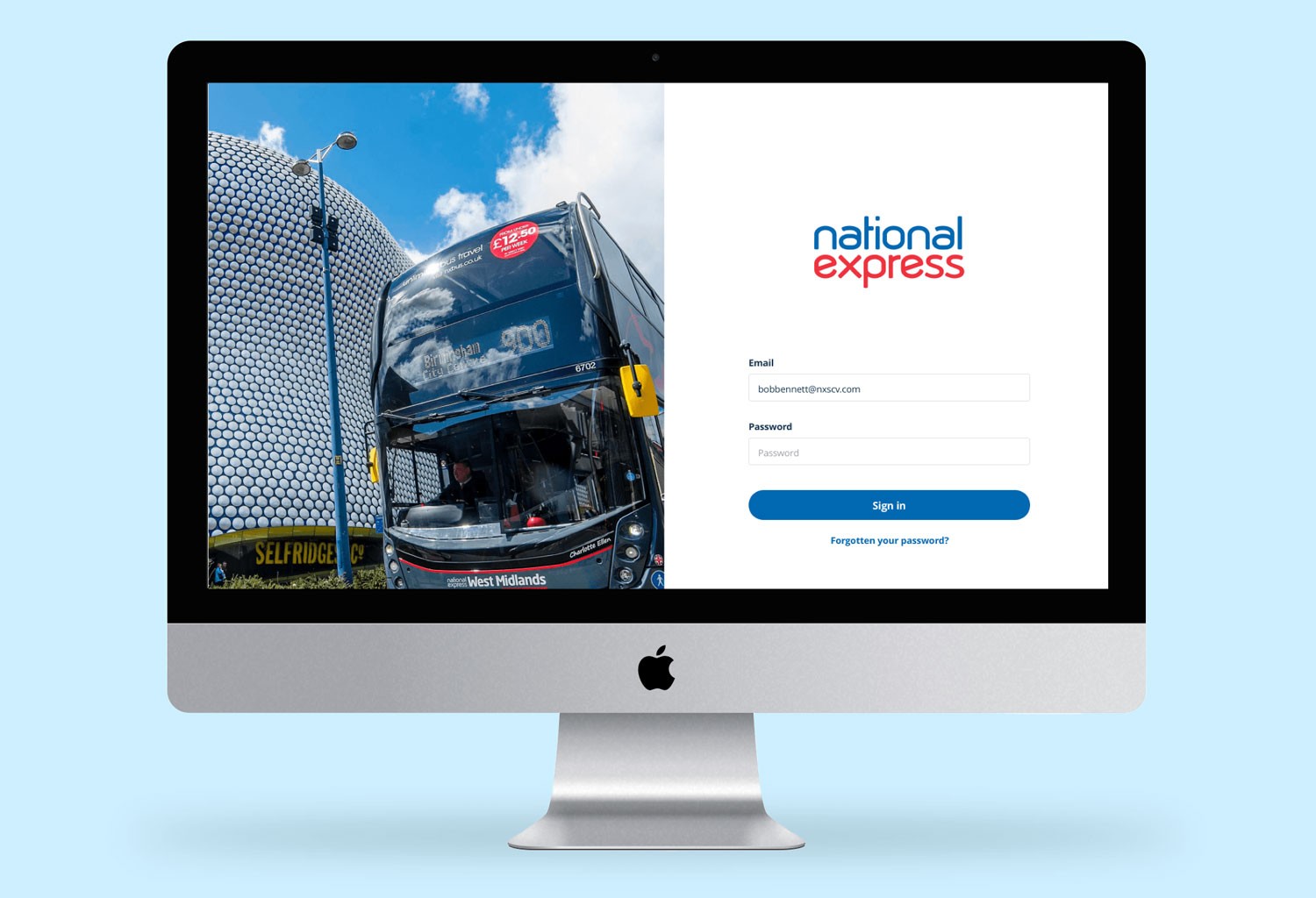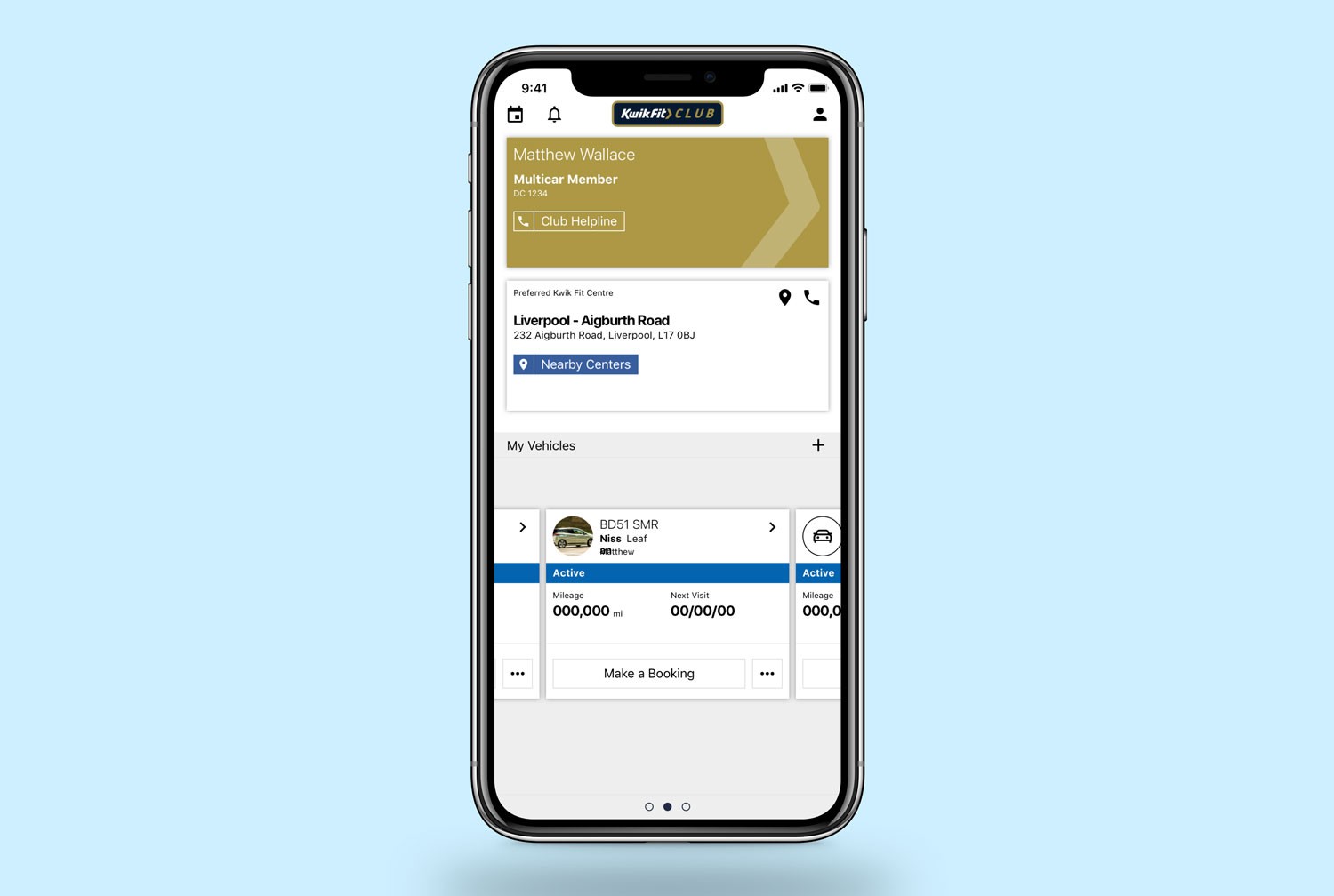The data
foundation
playbook
A no-nonsense guide to winning with
organisational data in 2024 (and beyond)
Intro
Is your data working with or against you?
Here’s the golden rule of business ⬇︎

To attract and keep customers, you need to understand what they want, and give it to them.
Simple, right?
It’ll hold true for evermore, but in the digital space, the way we play the game has changed.
Salesforce found 52% of consumers expect all offers to be personalised. That is, knowing what customers want isn’t good enough anymore; you need to know what every customer wants.
But can you honestly say you…
can track every interaction a customer makes across your entire business?
know which products and services are in demand and know where you should strategically scale up and down efforts?
can plug up-to-date data into new tools and experiences to meet customers’ new technology expectations?
If you answered yes, you can stop reading right here.
But you didn’t, did you? Because data is a messy pursuit that 80% of businesses fail to make the most of. And that means that 80% of businesses don’t truly know what their customers want — or they lack the tools to give it to them.
And as the world becomes even more data hungry, especially with the rise in AI, making the most of the proprietary data to predict trends and give customers exactly what they want is going to require even more clean and reliable data.
That data gap is what we’re here to talk about. So let’s dive into where companies go wrong with data, what to do about it, and the business-changing outcomes when you get it right.

The
data
gap
As the world becomes even more data hungry, especially with the rise in AI, making the most of the proprietary data to predict trends and give customers exactly what they want is going to require even more clean and reliable data.
That data gap is what we’re here to talk about. So let’s dive into where companies go wrong with data, what to do about it, and the business-changing outcomes when you get it right.
Section Two
Where companies go wrong with data…
You want to offer personalised pricing models, targeted marketing campaigns, and the latest AI products, right? Sure you do. But you can’t because, there’s a data disconnect.

The data disaster diagram
Complex legacy systems
Data silos
Disconnected teams
A disjointed customer experience
It’s a single problem that manifests in different ways across the business. Complex legacy systems silo data. Siloed data prevents teams from accessing information. And without the right data to guide strategy, you’re giving your customers a sub-optimal experience.
But let’s go a little deeper into how these problems hamstring your data aspirations…
You’re tripping over complex systems
If you’ve got dozens of legacy IT systems and databases that have been in place for decades, chances are they weren’t built with digital initiatives in mind. So they might have a hard time interfacing with new apps, platforms, and solutions.
Likewise, if you’ve got a modern cloud system but you’ve just been rapidly deploying new tools, apps, and services, you’ve probably created an unwieldy disconnected beast that’s eating up all your resources.
Either way, you’re stuck. You don’t want to give up your existing systems because they’re working, but you need a way for each system to talk to the others so the data they create can be of any use to you or your customers.
Data silos prevent collaboration
Because you’re working with disconnected systems, you’ve got customer data in one place, service data in another, sales data somewhere else. And you’re not alone, 41% of business leaders lack an understanding of data because it’s too complex or not accessible. Silos prevent data sharing, introduce quality issues like duplication, inconsistency, and inefficiency, and make building new functionality and features incredibly difficult.
Sure, you might have some useful nuggets of info here and there, but if you have aspirations of launching customer-focussed products, features, or using the latest AI — internally or for your customers — you’re going to need all the data you can get. And without a single source of the truth, you can’t connect the dots to spot trends and drive change.
There’s a disconnect between services and customers
33% of business leaders lack the ability to generate insights from data.
And that’s no big surprise.
Without actionable data, you can’t guide decision making, drive new initiatives, and create concrete customer profiles that are necessary for a targeted approach to sales and marketing. Put simply, if you don’t understand your audience, delivering personalised experiences and building new products that they want is a shot in the dark.
Section Three
Why a data foundation is the answer
A data foundation is fundamental infrastructure that lays the groundwork for collecting, managing, and storing your data. It’s the backbone that will help you track customer interactions, inform your tech strategy, and give you a solid base to build new applications, AI tools, customer experiences, and more. But for a data foundation to thrive, it needs 3 key competencies…

1
A single source of data
Not all data is created equal. In fact, relying on high volumes of low-quality data can cause poor decision making and missed opportunities.
For example, if you operate a travel company, having datasets containing millions of customer records is great. But if records are duplicated, out-of-date, or inaccurate, they’re unlikely to be of any use.
But if you’ve got a single source of data, you can paint a more accurate picture of your customers, faster, to spot trends, inform product development, personalise marketing campaigns, roll out new functionality like AI, and much much more.
2
Architecture that scales
Businesses don’t remain static — so your data foundation needs to be scalable to accommodate the increasing volume, velocity, and variety of data that feeds into it.
A good data foundation is built with scalability in mind. Whether it’s a surge in users, data, or transactions, a scalable architecture should accommodate growth without skimping on performance.
Why?
So you can add new services. Adapt to new data sources. Or build new applications or features without pushing your systems to the brink of collapse.
3
Accessibility and usability
Sounds obvious, but your data foundation should make data easily accessible to authorised users across your organisation. We’re talking user-friendly interfaces and tools that can facilitate data exploration, analysis, and reporting, even for those who aren’t the most tech-savvy.
Take Salesforce Data Cloud for example. It’s simple and intuitive to use and engage with regardless of experience. An easy-to-use platform means users can retrieve insights on their own, which ultimately lightens the load on IT teams for data access.
Not sure where to start?
Ask away.
Question sheet
Where does the data that we need currently live?
Can we get our data to where it actually needs to go?
How is our data used?
Do we have data quality issues that undermine accuracy and user trust?
What are our data requirements?
What data don’t we have?
How are we storing and managing data?
How will we maintain efficient data?
Section Four
3 steps to building a data foundation
We’ve helped hundreds of businesses in the travel, tourism, and hospitality sectors build a data platform that acts as a springboard for future projects. For simplicity, we’ve broken down the process into three steps ⬇︎

1
Migrating
from
legacy architecture
If Salesforce is your CRM of choice (or you’ve been eyeing it up as a potential option), your first port of call will be migrating data from your on-prem data warehouses into your new Salesforce cloud environment.
We recommend using a platform like Salesforce Data Cloud powered by Heroku, as it lets you easily combine your Salesforce data with external data for a comprehensive view of your customers. Plus, there’s a whole host of pre-built connectors and zero-copy integrations, so you can quickly pull in data from legacy or cloud platforms like AWS, Snowflake, and Google Big Query.
Case study
What this looks like in practice:
National Express

Challenge
National Express’ sales, marketing, and services systems held different information about the same customers, preventing teams from understanding context and supporting, selling, and retaining customers.
solution
Showoff migrated all customer records to a single Heroku database, reconciled duplicate records from 30+ million to 7.8 million, and integrated sales, services, and marketing tools so every interaction was recorded and available to every team.
result
A unified data foundation slashed process times from 8 hours to 1 hour and helped the sales and marketing team sell more and retain more customers.
2
Understand customers with a 360° view of data
Once you’ve migrated data to your new environment, you’re in a good position to dive into your data and paint a clear picture of your customers.
We recommend compiling information about common touchpoints, channels that are converting well, and trends in buying behaviour. This will let you understand what’s driving new customers, and what they’re struggling with.
You can then take this data and create accurate customer profiles to guide your future project developments — like new experience platforms, products, functionality, and more.
Case study
What this looks like in practice:
British Airways

Challenge
British Airways’ data-intensive CPM platform struggled to keep up with demand, causing performance bottlenecks, unplanned downtime, and poor visibility into customers across key touchpoints.
solution
Showoff provided an in-depth review of the platform, offering technical expertise, architectural oversight and improvements, and database optimisations to streamline development and unlock customer data.
result
With unified data sources, stabilised performance, and enriched customer data sets, British Airways now have a 360° customer view to guide marketing, prioritise product developments, and provide a great experience for all passengers.
3
Create new platform experiences
Now comes the fun bit.
Once you’ve got your data in one place and you understand what your customers want, you’re in a solid position to create new functionality, products, and more. What you actually build will depend on your target audience and the kinds of experiences they’re hungry for.
If you’re a transport operator, this could be a new booking platform. If you work in hospitality, it might be an app to communicate with guests. Or if tourism is your bag, it can be an information portal to engage visitors. Whatever it is, use the data you’ve gathered to guide your decision-making.
Case study
What this looks like in practice:
Kwik Fit

Challenge
After noticing a sharp decline in vehicle ownership among young drivers — but a surge in demand for subscription models — Kwik Fit asked a simple question: what if you could handle your car maintenance through an app?
solution
Showoff used MuleSoft, Salesforce, and Heroku along with Stripe’s payment solutions to help Kwik Fit develop a brand new mobile app and payments system for its new subscription service, Kwik Fit Club.
result
In just 12 months, Showoff took Kwik Fit Club from proof of concept to live consumer launch, with the new service winning the 2021 National Tyre Distributors Association (NTDA) Product Innovation of the Year Award.

Conclusion
You’ve got the know-how.
Now put it into practice…
This guide is what you need to know to build a strong data foundation in Salesforce.
But putting it into practice is no small feat.
Showoff are business data experts — Salesforce, Heroku, Mulesoft, you name it. Our Crest Tier Salesforce partnership puts us among some of the most experienced Salesforce gurus in the business. And that’s experience we bring to everynew-build project, implementations, legacy migration, or any other data project you can think of...
If you’re just starting out on your journey to build a strong data foundation or you’re in the midst of a data migration and don’t know how to move forward — reach out. We’d be happy to help.
